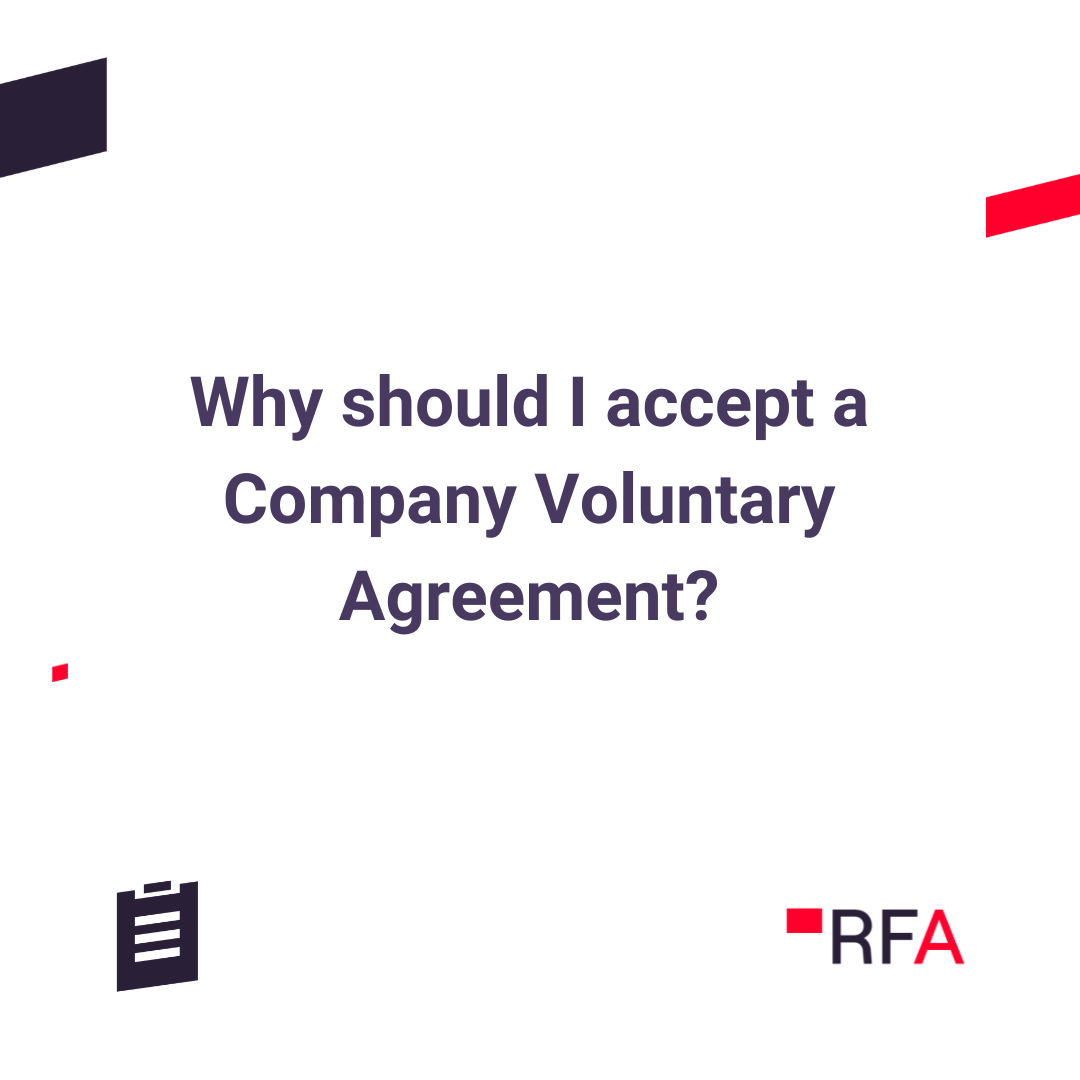Trick Considerations Regarding Compulsory Strike Off and the First Gazette Notice
Wiki Article
A Comprehensive Guide to the Compulsory Strike Off Procedure in Corporate Administration
Browsing the elaborate landscape of corporate governance requires a keen understanding of the treatments that govern the dissolution of entities. The obligatory strike off treatment, a critical component in business governance, works as a device to implement conformity and preserve the honesty of business setting. As businesses evolve and scenarios change, the demand to strike off a business may emerge for numerous reasons. Discovering the ins and outs of this process, consisting of the legal implications, step-by-step actions, and post-strike off considerations, offers important understandings for stakeholders seeking to navigate the complexities of company administration.
Reasons for Compulsory Strike Off
There are numerous crucial factors that might motivate the initiation of an obligatory strike off treatment for a business. Non-compliance with governing demands can raise worries concerning the company's procedures and monetary health and wellness, leading to the choice to strike off the company from the register.Furthermore, business that have ceased trading or are no longer performing any kind of organization tasks might likewise face required strike off. This might be because of insolvency, mergings, or just a choice to wind up the business. In such situations, preserving the company on the register would serve no objective and might potentially develop complication amongst stakeholders.
Eventually, the need of a required strike off in corporate governance emerges when a business is no more running based on the regulation or has actually come to be defunct, necessitating its removal from the authorities records.
Legal Effects and Risks
Provided the situations that prompt a mandatory strike off in business administration, it is essential to understand the lawful effects and threats connected with such actions. When a company is struck off the official register, it disappears as a legal entity. This can have severe consequences for financial institutions, supervisors, and investors. Supervisors might face individual liability for firm financial obligations incurred after the dissolution, exposing their assets to potential seizure. Investors shed their investment in the firm, and creditors may find it challenging to recover financial debts owed to them.Furthermore, there are legal repercussions for individuals included in the monitoring of a business that has been by force struck off. They might be disqualified from serving as supervisors in the future, face penalties, or perhaps jail time if misbehavior or fraudulent tasks are revealed. Furthermore, the reputational damage from a required strike off can have long lasting results on individuals and their capacity to engage in future company ventures. Recognizing these lawful ramifications and risks is essential for all stakeholders associated with the business governance browse around this web-site process to browse prospective risks you can find out more and guarantee conformity with the law.
Steps in the Strike Off Process
Initiating the required strike off process in company administration involves a collection of prescribed actions detailed by regulatory authorities. The initial step usually needs the business to submit a formal application or notification to the appropriate government firm or registrar signaling its intent to be struck off the official register. Consequently, the firm is frequently called for to settle any kind of impressive obligations, financial debts, or tax obligations to make sure conformity with regulative needs.As soon as the initial documentation is submitted and monetary responsibilities are met, the governing body will certainly release a notice in the official gazette or a comparable magazine to educate stakeholders concerning the upcoming strike off - first gazette notice for compulsory strike off. This notification works as a last opportunity for any interested celebrations to raise objections or existing legitimate reasons that the company should not be liquified
Following the magazine of the notice, the regulative authority will continue with the strike off process if no significant arguments or obstacles arise. The company will certainly then be officially liquified, and its name will be eliminated from the register, efficiently marking the conclusion of the required strike off procedure in business administration.
Records Needed for Strike Off
In conformity with regulative standards, specific documentation must be supplied to facilitate the strike off process in business administration. In addition, monetary statements, such as the firm's newest balance sheet, have to be consisted of to ensure that all monetary commitments have been resolved before launching the strike off treatment. It is important to ensure that all the requisite paperwork is carefully prepared and sent in accordance with the suggested standards to speed up the strike off procedure efficiently.Post-Strike Off Obligations and Considerations
Following the conclusion of the essential documentation for strike off, focus shifts to the post-strike off obligations and factors to consider that are necessary see this website in the corporate governance process. When a business has actually been struck off the register, it is vital to make certain that all remaining assets are dealt with suitably.
Verdict
In verdict, the mandatory strike off treatment in corporate administration functions as an essential system to remove inoperative business from the register. Comprehending the reasons, legal implications, actions, and records needed for strike off is essential for conformity with regulative needs. It is necessary for firms to satisfy their post-strike off commitments and take into consideration the ramifications of this procedure in order to maintain great standing and stay clear of possible dangers.
There are a number of key reasons that might motivate the initiation of an obligatory strike off procedure for a firm (what is compulsory strike off). Non-compliance with regulative demands can elevate worries concerning the company's operations and monetary health and wellness, leading to the choice to strike off the company from the register

Report this wiki page